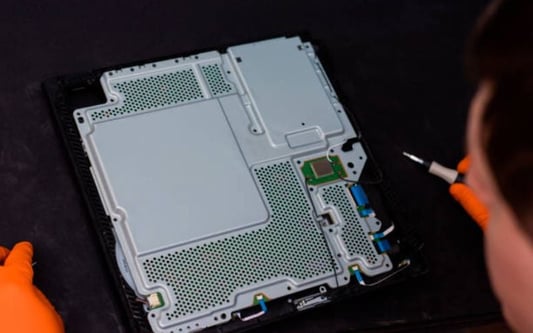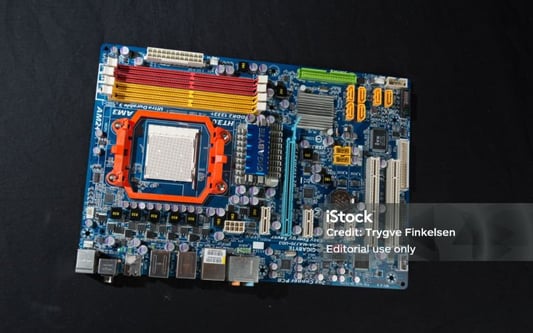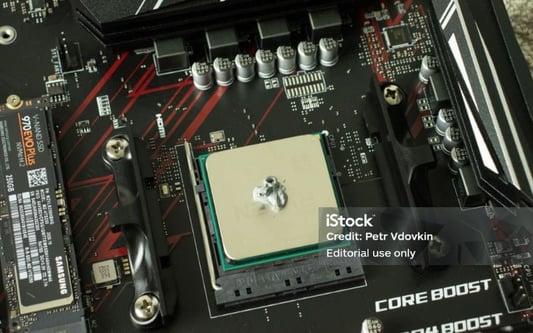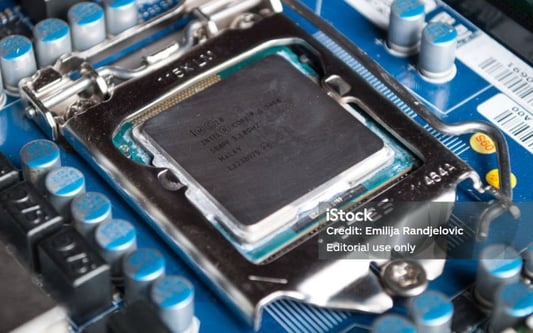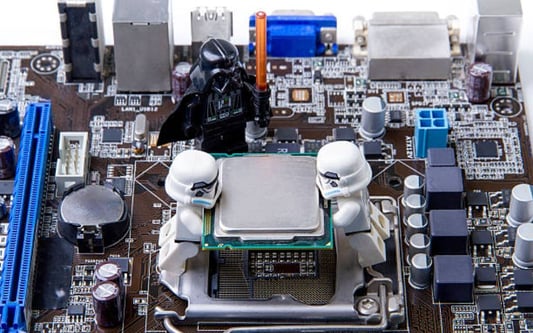What is a Vapor Chamber?Have you ever wondered what exactly a vapor chamber is and how it can benefit your laptop's cooling system? In simple terms, a vapor chamber is a crucial component in a laptop's cooling system that helps to distribute heat efficiently. This innovative technology effectively spreads heat evenly across the surface of the chamber, allowing for better cooling performance compared to traditional cooling solutions.Why is Vapor Chamber Cooling Important?Laptops with vapor chamber cooling technology are becoming increasingly popular among gamers, graphic designers, and other users who require optimal performance from their devices. The use of a vapor chamber helps to prevent overheating, which can lead to reduced performance and potential damage to the laptop's internal components. In short, vapor chamber cooling is essential for maintaining the longevity and performance of your laptop.Top Laptop Brands with Vapor Chamber CoolingSeveral reputable laptop brands have integrated vapor chamber cooling technology into their devices to provide users with exceptional cooling performance. Brands such as ASUS, MSI, and Razer are known for incorporating vapor chamber cooling solutions into their high-end gaming laptops. These devices are designed to handle intense gaming sessions and demanding tasks without compromising on performance.Best Gaming Laptops with Vapor Chamber TechnologyIf you are a serious gamer looking for a laptop with top-of-the-line cooling technology, consider investing in a gaming laptop with vapor chamber cooling. Models like the ASUS ROG Zephyrus, MSI GS66 Stealth, and Razer Blade 15 are among the best gaming laptops equipped with vapor chamber cooling. These laptops offer unparalleled cooling efficiency, allowing you to push your system to the limit without worrying about overheating.Benefits of Vapor Chamber Cooling in LaptopsThe benefits of vapor chamber cooling in laptops are numerous, making it a must-have feature for users who prioritize performance and reliability. Some of the key benefits include improved heat dissipation, quieter operation, enhanced system stability, and overall better performance. With vapor chamber cooling, you can experience longer gaming sessions and smoother multitasking without experiencing performance throttling.Factors to Consider When Choosing a Laptop with Vapor ChamberWhen shopping for a laptop with vapor chamber cooling, there are several factors to consider to ensure that you are getting the best device for your needs. Some important factors to keep in mind include the laptop's processor, graphics card, overall build quality, and of course, the effectiveness of the vapor chamber cooling technology. It's essential to do thorough research and read reviews to make an informed decision.How Does Vapor Chamber Cooling Work?Vapor chamber cooling operates on the principle of phase-change cooling, where a cooling liquid inside the chamber evaporates when it absorbs heat from the laptop's components. As the vapor rises, it reaches a cooler area of the chamber, condenses back into liquid form, and returns to the source of heat to absorb more heat. This cycle continues, effectively dissipating heat and keeping the laptop cool.Future of Vapor Chamber Cooling in LaptopsAs technology continues to evolve, we can expect to see further advancements in vapor chamber cooling for laptops. Manufacturers are continually enhancing the efficiency and effectiveness of vapor chamber cooling systems to meet the growing demands of users. With ongoing research and development, we can anticipate even better cooling solutions in future laptop models.ConclusionIn conclusion, laptops with vapor chamber cooling technology offer superior cooling performance and are ideal for users who demand high performance from their devices. By investing in a laptop with vapor chamber cooling, you can enjoy improved heat dissipation, better system stability, and overall enhanced performance. Be sure to explore the wide range of laptop models equipped with vapor chamber cooling to find the perfect device that meets your needs.Quote InquiryContact us!



